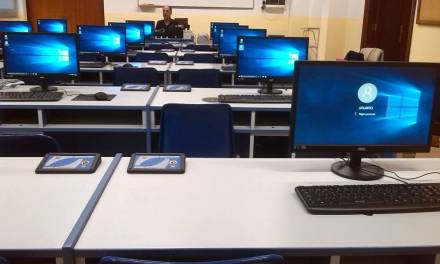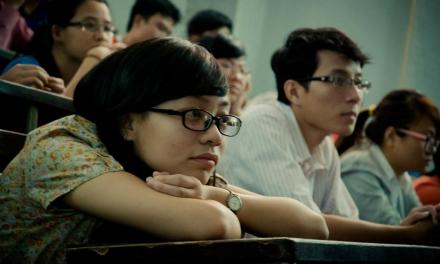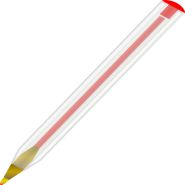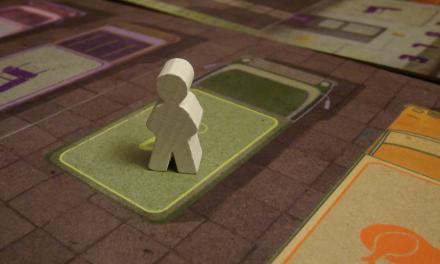Technology offers a number of ways to be a motivational teaching aid. It’s a very flexible and customisable tool and can provide incredibly varied ways to expand learning experiences.
The testing of knowledge and understanding of what has taken place in a lesson can be achieved through a good mix of written and verbal feedback, question and answer sessions, written or verbal tests or self-reflective activities and projects such as diaries. Technology adds another layer to be able to assess the levels of understanding and can provide very personalised results.
Technology can diagnose and address the needs of the individual
Being able to identify strengths and weaknesses of an individual student is key to differentiated learning plans. Technology assessments can enable teachers to benchmark students as they make progress through standardised curriculum topics by utilising subject-specific computer programmes.
Technology is also an excellent way to assess understanding and also shows how the pupil is thinking. This helps teachers to understand thought processes in how they give their answers and the combination of the two give baselines to work from and help to focus on mastering skills and enhancing knowledge.
Equipping students with skills which are essential for life
Using technology to test understanding of areas of learning not only helps with the specific classroom subject, but also expands their understanding and use of the technology itself. This growth in computer literacy means they are better equipped for leaving school and entering their chosen career.
When technology is used for activity areas such as writing, research and analysis, there is instant feedback to the teacher that pupils have achieved competence in using technology to be able to carry out these activities in the way they producing their work. Using computers for their classroom work can demonstrate to the teacher that they have competencies which include:
- Being creative
- Being able to collaborate
- Data management
- Problem solving
- Different methods of communication
These are all desirable skills within the workplace so if the pupils show they have the underpinning knowledge of the different ways technology can be used, they will have more opportunities when looking for employment.
Technology as an interactive planning of learning tool
Using technology with ease means that pupils are more likely to show initiative and will begin to independently organise their own learning process. Seeing this happen in the classroom is evidence to the teacher that the pupils are developing their critical thinking knowledge in that they are no longer merely passively receiving information, but instead they are becoming active learners through the use of technology.
As this skill develops, pupils begin to gain an understanding of taking responsibility for the required learning. This is enhanced through the use of online learning where they can proactively access their work on intranet systems and they can be seen to be using self-guidance to work flexibly through scheduling their work electronically and choosing how they want to gain more knowledge such as seeking education-based online games and online projects they can contribute to.
Technology is a two-sided coin when it comes to testing knowledge and understanding. One side of the coin is the availability of electronic tests which can chart and progress learning through a set benchmark system, the other side shows levels of technology literacy in the way they use both hardware and software to achieve their work.
Technology is not the only way to assess a class of children, but is one which can be combined with other traditional methods to paint a powerful and detailed picture of the progress of each member of the class.









